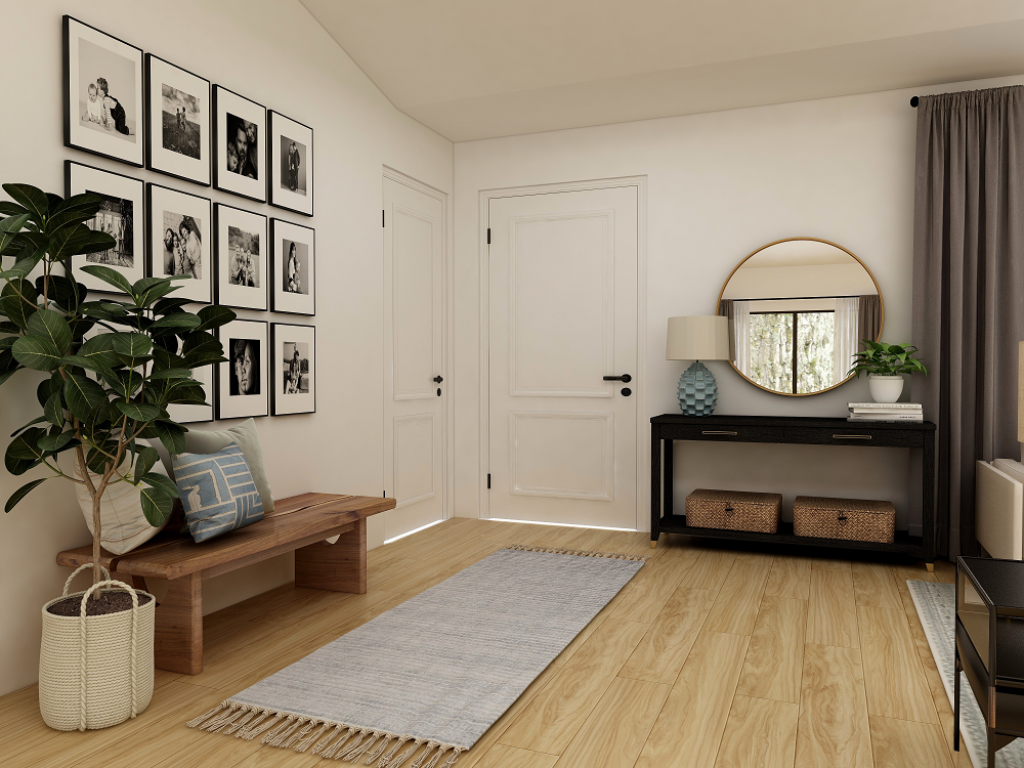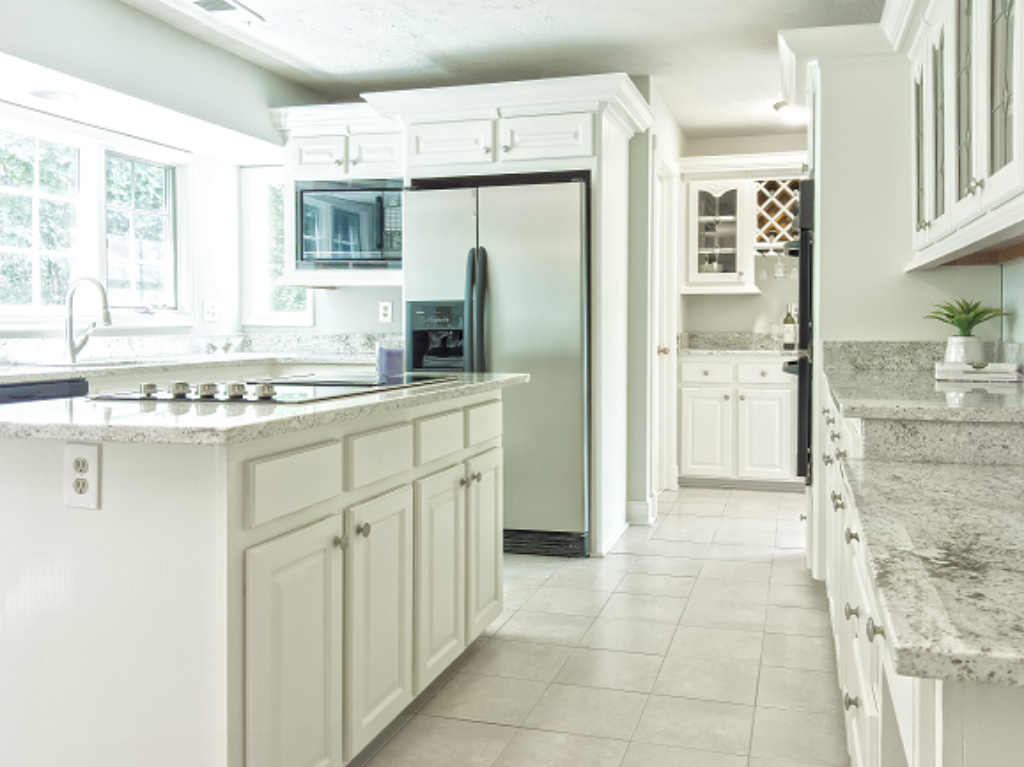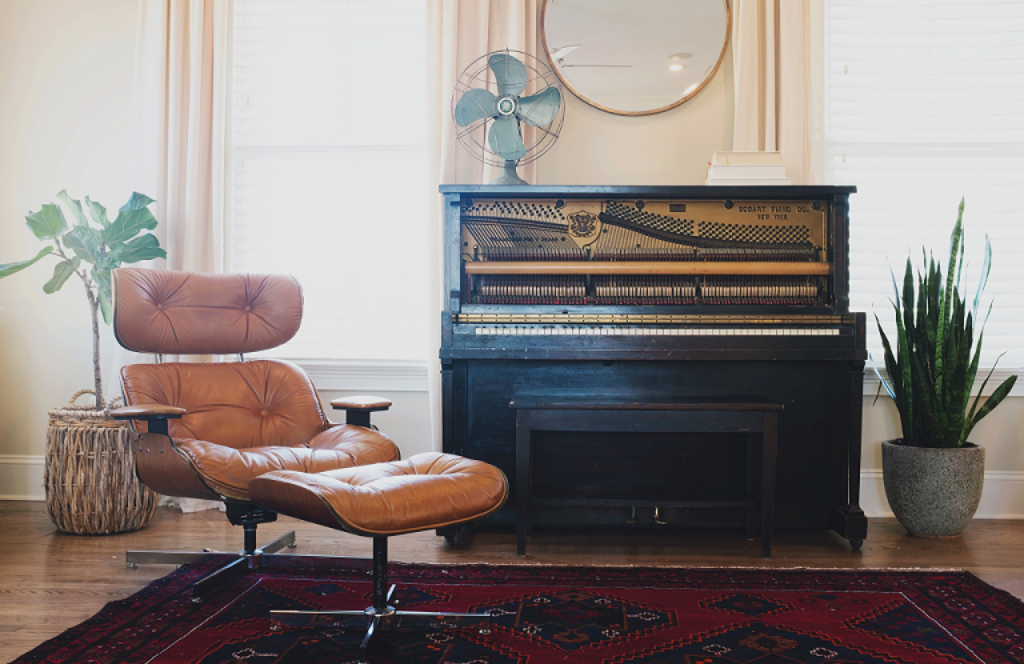What Is Feng Shui and How Does It Work?
What Is Feng Shui and How Does It Work? Feng shui is a Chinese philosophy and practice that involves arranging items and furniture in living areas to achieve harmony with nature. This principle is known as the Tao in Asian culture, which means “the way.” Taoism is the way of nature, and all of Feng Shui’s key elements are based on it. The Chinese words “Feng” and “Shui” signify “wind” and “water,” The idea is to harness energy forces and create a balance between a person and their surroundings.
Feng shui believes that we are all connected and that everything is living. Through it, we can begin to connect to and appreciate our outer and inner worlds by engaging with the spaces around us, especially our homes.
Consider Your Entryway
By eliminating or adding anything, you can make your entryway more appealing and open. You can sweep the area and make it look good. Shake out the doormat and wipe down the door. This establishes a collection point for the energy that enters your home. Don’t forget to add light fixtures to keep it bright.

The front door is known as the “mouth of qi.” When it comes to creating proper feng shui in your home, entry is, of course, the first place to start. Your entrance depicts how energy enters your home and life in feng shui. Begin by clearing and cleaning up any debris. At the entrance door, a lot of things tend to accumulate. It doesn’t have to be fully empty, but it should be tidy.
Keep It Neat
We recommended making it a daily habit to tidy up your workspace. It will not only make you feel less stressed, but it will also provide you with a feeling of order and comfort which each home should always have.

Clutter, according to feng shui, takes up important space that fresh entering energy requires. Therefore, eliminate mess from all areas around your house to not only boost your mental clarity but also welcome positive energy in your overall living.
Spacious Rooms
Speaking of keeping things neat, one way of doing that is making an area spacious enough by removing pieces you don’t necessarily need and doesn’t add to the concept of that room. In feng shui, efficiency is key, therefore remove any obstructions from your path and make your flow as smooth as possible. Consider how you walk around your space and make sure the paths are as clear as possible.
When you let go of something, you make room for a new, exciting possibility!
Make It Green
Plants, according to feng shui, bring the wood element, which is one of the five basic feng shui elements, into a space. This generates and sustains the energy of flourishing health, growth, and adventure. Greenery also brings the vivid, life-giving energy of mother nature into space. Not only that but plants filter the air, promoting good oxygenation levels, which is the foundation of good feng shui for health and well-being.

Here are some of the best plants for Feng Shui:
- Money Tree
- Hedgehog Aloe
- Philodendron
- Snake Plants
- Rubber Plant
- Include Some Metal
One of the five-element methods used in feng shui to establish balance and harmony in a room is metal. Precision, simplicity, and clarity define the metal element. It also stands for justice, honor, and happiness. Metal may be used in a variety of ways in your house, including accessories and furniture. It can be the frame of your mirrors or metal chairs and coffee tables with metal legs are also options.
Remove Broken Objects
In feng shui, one of the most important things to remember is to never keep broken items in your home. Broken objects in your home can become roadblocks in your life, causing stress and impeding your progress. That faulty doorbell you’ve been wanting to fix could be preventing you from receiving a visit from something or someone extraordinary.

Be Mindful Of Colors
Elements of feng shui can also be represented in colors, so decorate and plan your design with this in mind.
Increase your earth element intake if you’re weak in self-care and steadiness. Earth is represented by earthy tones of yellow, orange, and brown. Incorporate earth tones in your furniture and decorations, which is conveniently the trend in interior design lately. The grays, whites, off-whites, and metallic tones which represent the metal element, can provide more clarity and precision. You can also add black accents which draw upon the element of water to bring more flow and insight into your living space.
